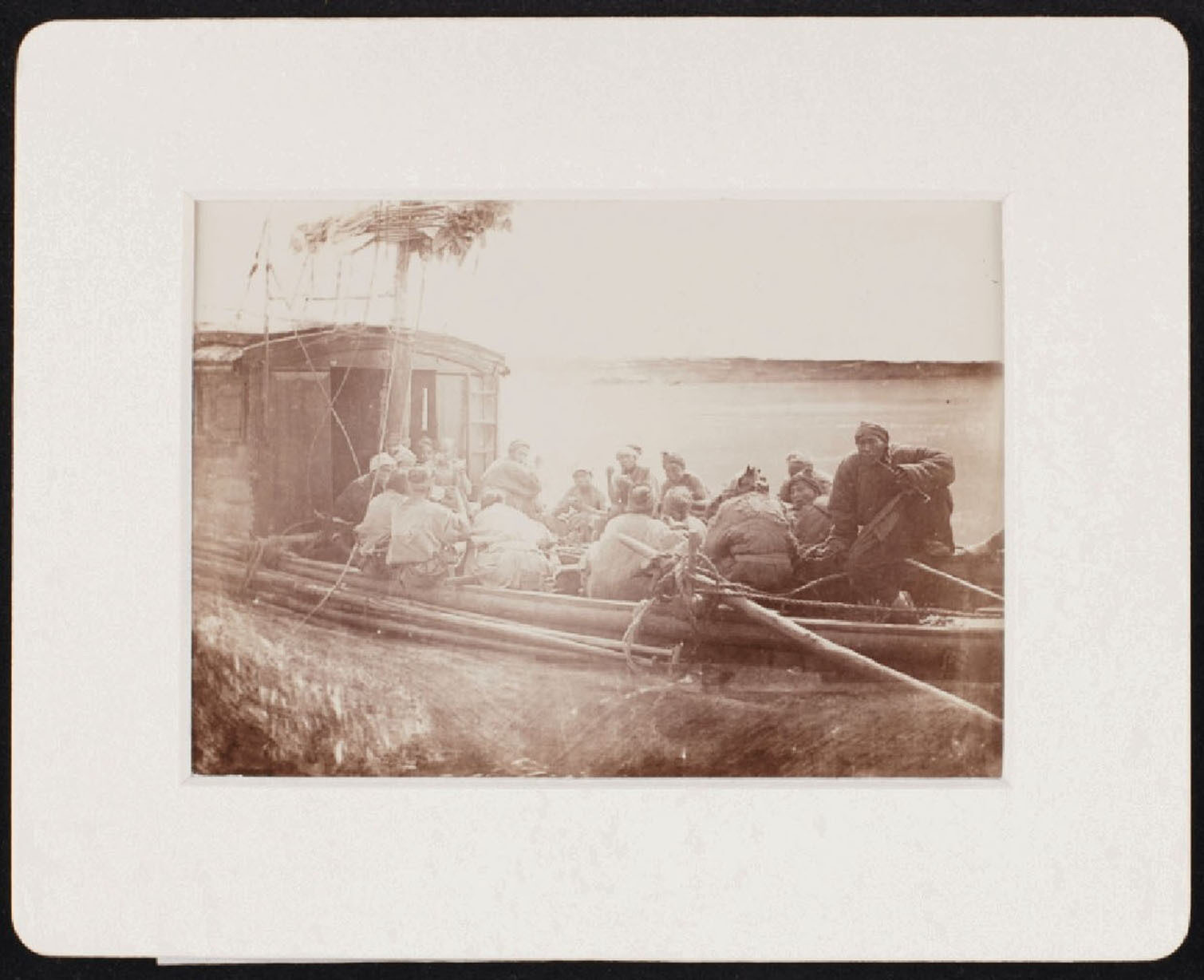Isabella Bird: Explorer or exploiter?
This guest blog was written by Edward Armston-Sheret, a PhD candidate at Royal Holloway’s Department of Geography. Ed used Nineteenth Century Literary Society to access the material on Isabella Bird, such as the letters mentioned in the blog below.
Isabella Bird is remembered as a pioneering woman traveller. She went to and through every continent except Antarctica and wrote best-selling books on her journeys. Bird was also one of the first women admitted to the Royal Geographical Society (RGS) in 1892. Studying her life and travels can draw attention to the often ignored role of women within Victorian geography. But there is a danger of ignoring the people who made her journeys possible.
Between 1894 and 1897, Isabella Bird was one of the first British women to travel to parts of China. She completed a hair-raising journey up the rapids of the Yangtze river by boat, before proceeding overland to the far west of the country. She wrote an impressive and highly readable account of these travels and took a remarkable series of photographs. By any reasonable standard, Bird was an explorer- even if she seldom used the term because of its masculine connotations.

Frontispiece portrait of Bird in her Manchu dress from The Yangtze Valley and Beyond (1900). Public domain, accessed via the New York Public Library.
Bird’s contributions were (and still are) ignored or downplayed because of her gender. In 1899, after returning from China, she wrote to her publisher commenting that
“had I been a man, I should undoubtedly have received some recognition from the RGS. I consider myself to deserve it at least as much as Mr Warington Smyth.”
Smyth was an RGS Fellow who travelled around in Siam around the same time as Bird was in China.
Like Bird, he wrote an account of his journeys published by John Murray, Five Years in Siam, from 1891–96 over 2 volumes published in 1898. Smyth was presented with a RGS Award for his contributions to geography, while Bird was not. Even more recent historians are divided on whether or not Bird and other ‘lady travellers’ should be counted as explorers. Several critics have claimed that women travellers did less mapping or surveying than their male counterparts- an accusation that is particularly unfair in the case of Bird. In fact, she received training in surveying from the RGS and even opponents of women’s admission to the society praised her ‘valuable and serious’ writings.
But Bird, like her detractors, often devalued the contributions of those she considered inferior. In China, she was accompanied by a Chinese man who she refers to as Be-Dien. In one short but revealing passage, she describes the sheer variety of work he undertook reporting that he
“was active and attentive, was never without leave of hearing my whistle, was always at hand to help me over slippery and difficult places, showed great pluck, never grumbled, arranged and packed up my things, interpreted carefully, improved fairly in English, [and] always contrived to get hot water and food for me.”
This passage demonstrates the multiple forms of work he undertook and his the essential role in her journey. Even so, Bird dismissed this work by claiming Be-dien only “made a tolerable travelling servant” rather than an equal expedition member. Again, how work was labelled shaped how it was valued.

Image © The National Library of Scotland. Further reproduction is prohibited without permission.
More broadly, her journey across China was made possible by over 100 Chinese men, including three separate groups of chair bearers who carried Bird, who sat in an open chair, across the country on their shoulders. Some of the bearers used opium to deal with the physical strains of this intense work.
These people get only a passing mention (and go unnamed) in her published account. She also wrote about them in racially offensive terms. Just as Bird’s work was undervalued because of her gender, these men’s contributions were downplayed because of Bird’s own prejudices.
Drawing attention to Bird’s reliance on others shows the problems with holding her up as a hero. We should remember her contributions to geography, but we should also remember those who made her journeys possible.
For more information about Nineteenth Century Literary Society: The John Murray Publishing Archive, including free trial access and price enquiries, please email us at info@amdigital.co.uk.
Recent posts

The blog highlights American Committee on Africa, module II's rich documentation of anti-apartheid activism, focusing on the National Peace Accord, global solidarity, and student-led divestment campaigns. It explores the pivotal role of universities, protests, and public education in pressuring institutions to divest from apartheid, shaping global attitudes toward social justice and reform.

This blog examines how primary sources can be used to trace the impact of young voices on society, particularly during pivotal voting reforms in the UK and the US. Explore materials that reveal insights into youth activism, intergenerational gaps, and societal perceptions, highlighting their interdisciplinary value for studying youth culture, activism, and girlhood across history.
